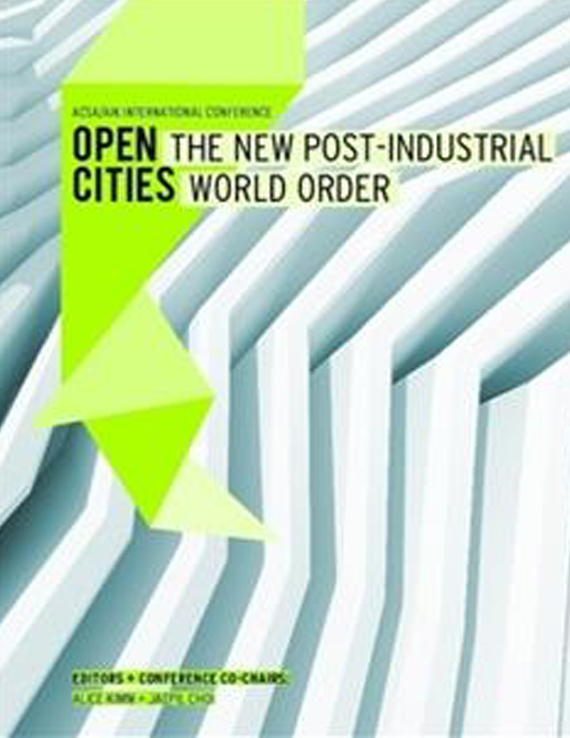Author(s): Mark Stanley & Micah Rutenberg
The 21st Century urban subject is not limited by discreet physical geographies butrather dispersed through digital networks and fluid economies of desire. The 21stCentury City, meanwhile, has developed a series of territorial and constitutionalresponse mechanisms to those new subjectivities–new ways it organizes, develops,and values. The evolution of The City is producing tethers and extensions that moveurban processes far outside of what could ever before be considered “The City”.These new, expanded constitutions of the city are made most vivid, as they alwayshave been, by networks of consumption and production–from online purchases tomillisecond trades to special conditions of importation and exportation. This is TheUrban Condition–an expanded network of virtual and physical subjects across dislocatedterritories, tied not to the city itself but to all the conditions the city makespossible. Urbanity is a condition, rather than a place, and the city must reach farbeyond its jurisdictional borders to gather its identity. Using three key case studies,we argue that highly-digital and immaterial processes produce very concrete andterritorial ramifications amongst urban spaces and infrastructures, specifically relatedto the conception of The City in a digitally networked 21st Century.INFRASTRUCTURE OF EXCHANGE:The logistical engines of Amazon.com radically reconfigure the traditional modelof the economic enterprise: At the same time Amazon replaces the architecturalstorefront with a digital one, it also gathers and distributes material goods in strategiclocations. Amazon’s large warehouses–or Distribution Centers–staged at careful,very-locatable places on the planet represent the city as an extended network of consumptionthat continually gathers and distributes material goods.SPEED OF EXCHANGE:In the Wall Street model of instantaneous algorithmic trading, practices and spacesof exchange are transformed via the speed of computing. The substructure of globalcapital is reconfigured as a fluid medium, questioning the fixity of The City. Dispersedglobal actors are able to participate in real time, across vast geographical distances.The space of their interaction is the hardware through which the exchange takes place(the server room, the flesh body trader, the console, etc.), importing and exportingvalue across physical boundaries. This scenario forms the urban moment; the newfabric of The City.REACH OF EXCHANGESpecial Economic Zones act as territorial exceptions, allowing for performance andpractice beyond the typical bind of urban codes. While the physical infrastructureof the SEZ is fixed, it forms part of larger mobile infrastructure of material and nonmaterialgoods. The location of the SEZ and its geography are only in service of beingable to physically close, via borders, while simultaneously opening to material andnon-material possibilities otherwise not afforded by The City.Each of these examples highlights a proclivity toward specific locations on the globe ashaving an urban agency; even though those locations may not be traditionally valued byThe City. This breed of urbanism sees the value of territory differently, emphasizing infrastructure,architecture, and other areas of the material world in new and unexpectedways that challenge traditionally figured ideas of The City.
Volume Editors
Alice Kimm & Jaepil Choi
ISBN
978-0-935502-91-6

 Study Architecture
Study Architecture  ProPEL
ProPEL 
